The sales and marketing departments of a business play a vital role in ensuring the continuous successes of the company or establishment especially when it comes to its sustainability.…
continue reading
8+ Sample House Plans
-
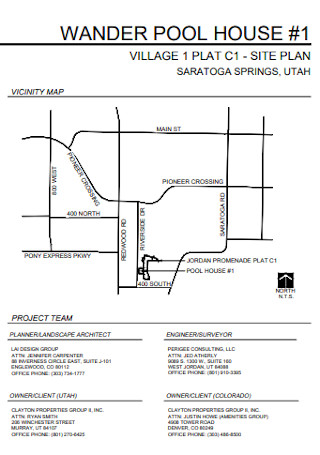
Wander Pool House Plan
download now -
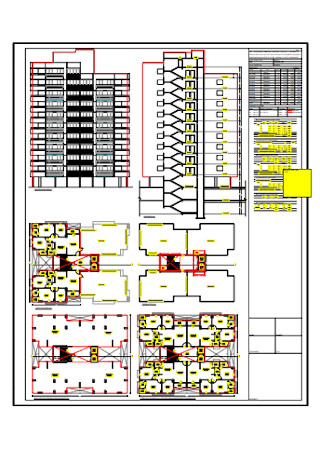
House Floor Plan
download now -
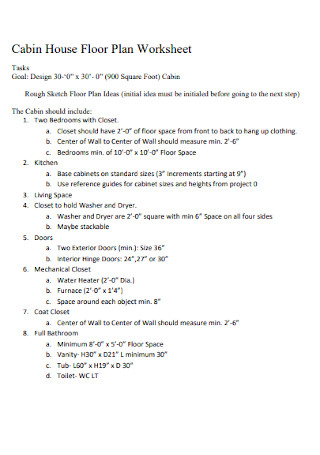
House Floor Plan Worksheet
download now -
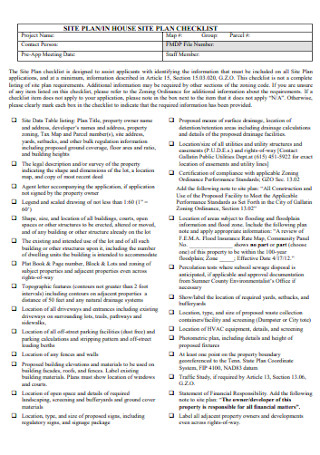
House Site Plan Checklist
download now -
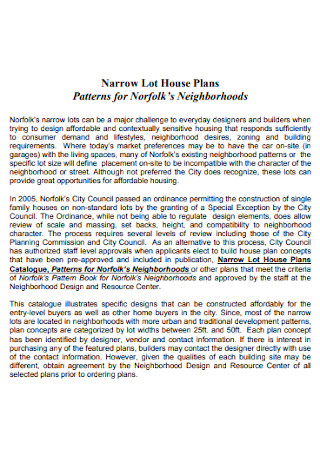
Narrow Lot House Plans
download now -
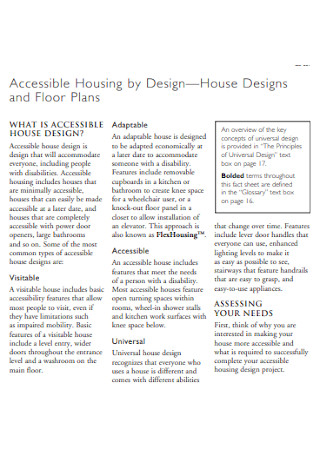
House Design and Floor Plan
download now -
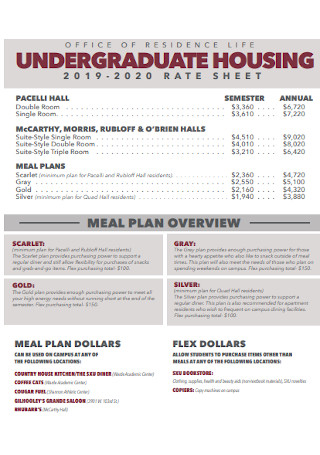
House Meal Plan
download now -

House Budget Plan
download now -
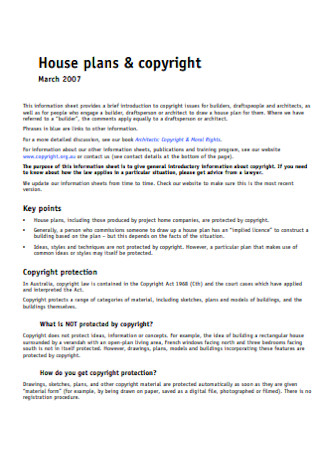
Simple House Plan
download now
What Is a House Plan?
A house plan maps out every scale or dimension of the various rooms, elements, and structures in a house. And it is generally presented with a drawing or visual paradigm just like how floor plans work. And it is through house plans that architects, engineers, and construction workers know the general information of how building a specific house should play out.
According to Statista’s 2021 research survey, around 21% of Gen Zs, or people born between 1997 and 2003, were planning to buy a home the next year.
Why Should You Create a House Plan?
Planning, in general, has its own set of benefits such as making sure a project ends successfully. And in the case of a house plan, there are many important reasons as to why you should have it. And here are some of the most notable examples to prove it:
Observes Legal Permission and Copyright Laws
Purchasing a blueprint such as a house plan means the homeowner is given permission by the designer of that plan to build and follow the designer’s original plan. And that is allowed since it won’t be breaking any copyright law. So rather than just building something without permission, homeowners should consider house plans in building their dream home thanks to how the plan itself observes legal permission.
In-Depth House Details
A house plan covers a lot of details so you can certainly use it to review the different windows, rooms, entrance and exit points, furniture placements, and other features. Also, you can compare the exterior and interior elements of a house may you be concerned about the bedroom, bathroom, kitchen, living room, etc. So the next time you have questions about the house to construct, the house plan can answer those questions for you. So be sure to read, view, and understand the document’s content since it has all the specifics from the start of construction until post-construction.
Reliable Reference
People who easily forget won’t have to suffer anymore because you can always check out the house plan whenever you want. Consider the house plan as your dependable reference page for any data related to the house building project. The blueprints are even illustrated for easier understanding rather than just explaining everything in long paragraphs. So whether you need help reviewing the house building schedule, interior space plan, or the home construction budget, be sure to refer to the house plan.
Vital to Any Type of House Construction
It is wrong to say that the house plan is made for just one type of house construction. It can cover all sorts of houses whether it is a cottage, villa, cabin, barn, colonial, or contemporary home. Also, you can decide whether the house to build is not only for residential purposes but also for commercial purposes such as hotels, apartments, condominiums, offices, and the like. So no matter what your goal is for the house from the foundation to the rooftop, house plans are certainly reliable.
Adjusts According to Trends and Changes
There is certainly room for house plans to be flexible such as adjusting their data according to the latest trends. That means you can change some details rather than just sticking to traditional examples. For example, Statista reported in 2021 that 21% of Gen Zs were planning to buy a house for the next year. So a smart tip would be to create house plans that appeal to the taste of Gen Zs since many of them would be interested to have a house. Another example is to change the house’s elevation in case homeowners want another floor to add; thus, changes in the plan are highly possible.
The Building Blocks of a Standard House Plan
Just like how a house consists of many parts, a basic house plan also consists of a variety of elements. And these building blocks are what makes up a proper house plan:
How to Make an Exemplary House Plan
Now that you have gone through what a house plan means, why it is important, and what its building blocks are, it is time to put your knowledge to the test by finally making your own house plan. Rest assured, you won’t find the process daunting when you apply these steps in creating an excellent house plan:
-
Step 1: Analyze the House to Build
It is easy to say that you want to build a house but it is through visualizing how the house should be that the challenge ensues. Remember that in a house plan, you are bringing a concept in the hopes of turning it into reality. It works best to talk with professional building and construction experts in designing the house plan because you need their consultation. Although you could think of the most creative houses possible, remember that experts help you via data analysis if your ideas are actually attainable or technically possible. Hence, analyze the structure to build carefully so your plan can be made seamlessly.
-
Step 2: Select a Sample House Plan Template
Check out the many sample house plan templates enlisted in this article until you can choose your favorite template to work with as your house plan. Options run from a house design and floor plan template, sample floor plan with dimensions, blank floor plan template, wander pool house plan template, and more. That means you never have to begin making something out of a blank document because house plan samples are already premade. Your only job is to work on its finishing details and change its editable features. Optimize a template now!
-
Step 3: Identify Your House Plan’s Building Blocks
You already learned earlier that house plans consist of a foundation plan, floor plan, until construction notes. So be sure to add those elements because they help complete your plan. First, start by inputting the appropriate title of the document so that whoever views the document will see that it is called a house plan. Then, complete the rest of its labels and figures, especially when house plans consist more of figures than words.
-
Step 4: Add the Right Set of Visuals
Visuals that are poorly drawn or hard to follow are discouraged. Because even though your concept of a house in mind is good, the drawing might not bring justice to your concept; hence, the outcome would be just as bad. And you can always refer to the samples for reference on how these house figures are usually drawn. Also, you can add more graphics such as graphs, charts, and tables for the house plan’s drawings.
-
Step 5: Check Its Accuracy
The last thing you want for a house plan is when it has inaccurate and flawed details. For example, the drawing added might have around five rooms but the actual plan was actually six rooms. The same goes for the possible sizes and dimensions of the walls and furniture placements given in the house plan. So as much as possible, conduct evaluations from top to bottom of the house plan until everything is accurate enough.
-
Step 6: Allow Experts to Evaluate the House Plan
As much as possible, consult with construction or house experts as they can offer tips and feedback on how effective the house plan is. This step is highly recommended for those who lack expertise in house construction. And once you get the go signal from experts to push through with the plan, then you are already confident that it is a reliable plan in the first place. Collaborate with the pros to ensure the best outcomes no matter what.
FAQs
What are the types of building plans?
It is said that there are around 13 types of building plans which are the house plan, floor plan, office layout, electrical and telecom plan, seating plan, garden design, security and access plan, fire and emergency plan, HVAC plan, reflected ceiling plan, plumbing and piping plan, wardrobe, and elevations.
What are the advantages of following a house plan?
Besides getting the house you have already dreamed of, a house plan has plenty of other benefits to offer. An example is how your house will surely follow the national building code or legal building permit; thus, it is a house following the right standards. Also, the plan can be useful in case you wish to get a permit for your house to be rented. Another advantage is when you sell your home and a house plan is naturally part of the legal process. Lastly, house plans are blueprints for possible renovations and remodeling processes for your abode.
What are the characteristics of a good house plan?
Good house plans are when the plan itself is versatile, the sizes are being estimated accurately, it follows your dream home layout, it fits your lifestyle and priorities, and it follows the required home building codes in your state.
If a business plan is essential to run a business successfully, then assume that a house plan is your best ticket to ensuring the next house you construct goes exactly as intended. Maybe the current look of a pre-constructed house looks promising but it could end dismally when you don’t have the bird’s eye view of the ongoing and upcoming construction details. Hence, sample house plan templates are here to help you manage the dos and don’ts of house constructions visually rather than depending on hard-to-read references. Download a template to build your dream home now!

